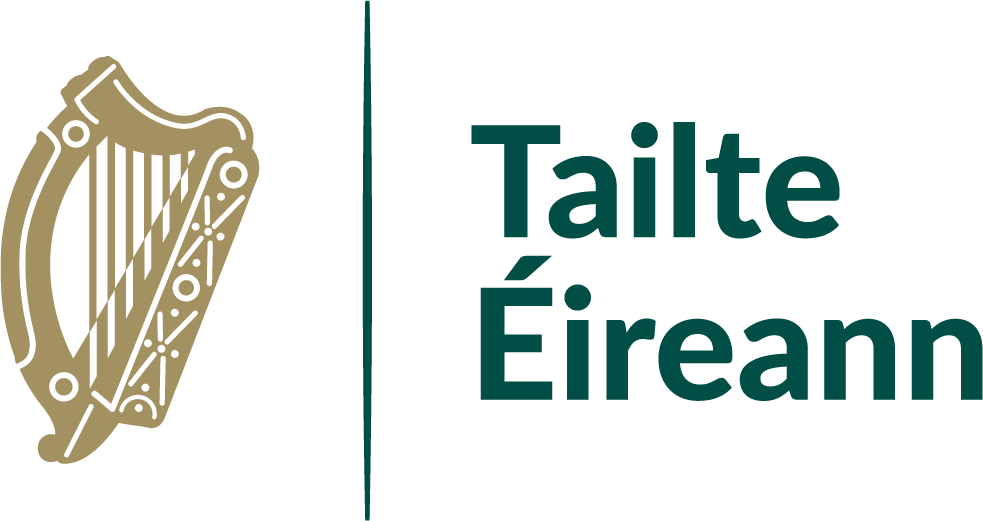Here are the answers to some frequently asked questions we receive at the Registry of Deeds.
Frequently asked questions
There are two separate systems for recording transactions in relation to property in Ireland:
- The Registry of Deeds system operated by the Registry of Deeds.
- The Registration of Title system operated by the Land Registry.
Both systems and Registries are under the control and management of Tailte Éireann. The two systems are mutually exclusive in the sense that in a particular transaction relating to land the title will be either:
- unregistered – i.e. the title is not yet registered in the Land Registry and so the Registry of Deeds system applies or
- registered – i.e. the title has been registered in the Land Registry and so the Registry of Deeds system is irrelevant
Approximately 90% of the land in Ireland is registered which represents 85% of titles.
The primary function of the Registry of Deeds system is to provide a system of recording the existence of deeds and conveyances affecting unregistered property. A failure to register may result in that document losing priority to a subsequent document which is registered. A search in the Registry of Deeds will disclose only whether documents have been executed dealing with the land in question – to discover the effect of these documents, the documents themselves (which are not retained by the Registry of Deeds) will have to be examined.
When a title is accepted for registration in the Land Registry, the original title documents are retained and permanently filed. A folio is opened in respect of the property and generally it is not necessary to refer to the original title documents again. A certified copy of this folio can be obtained with or without a copy of the map outlining the property.
The title shown on the folio is guaranteed by the State which is bound to indemnify any person who suffers loss through a mistake made by the Land Registry. A purchaser can, therefore, accept the folio as evidence of title without having to read the relevant deeds.
Deeds are not retained in the Registry of Deeds. After registration the original deeds are returned to the lodging party. We also do not retain copies of the deeds at the Registry of Deeds. Only Memorials/ ROD Application forms are retained by the Registry of Deeds.
No. The Registry of Deeds do not retain copies of the deeds. Obtaining a certified copy of the memorial or application form does not replace lost deeds but it does provide secondary evidence of the existence of the deed.
Maps are not retained in the Registry of Deeds. There is no record of boundaries. No information can be found by providing Ordnance Survey references. In some cases the extent of the property is described in the Memorial retained by the Registry of Deeds.
The Registry of Deeds system does not record ownership of property. It records the existence of Deeds relating to property transactions. We can only carry out a search if you can provide the name of the previous owner of the property (the Grantor) and an approximate time period when the property was sold.
A search in the Registry of Deeds will disclose only whether documents have been executed dealing with the land in question – to discover the effect of these documents the documents themselves (which are not retained by the Registry of Deeds) will have to be examined.
In order to carry out a search in relation to a property which was sold or disposed of after the death of the owner, you must provide the name of the Executor of the will of the deceased. It is the Executor who will appear in our Index as Grantor and not the deceased person.
A right of way which is granted in a Deed of Grant of Right of Way may be recorded in the Registry of Deeds.
Where a right of way is referred to in a Deed of Conveyance, the specific details of such a right of way may not be recorded in the Registry of Deeds.
You need to have an official search done against each person who held an interest in the property from the date of the lease to date of periods that they held that interest.
Firstly, check the original mortgage to see if it has a stamp on the front page indicating that it was registered in Registry of Deeds. Then, check that the lending institution has acknowledged receipt of all monies due. This acknowledgement is usually towards the back of the original deed of mortgage. If the answer is yes to both questions, lodge the original deed in the Registry of Deeds with €20 fees and appropriate form.

